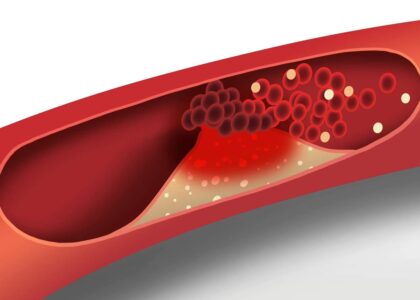As per the reports published by FMI, the global aircraft sensors market is projected to have an average-paced CAGR of 9.1% during the forecast period. The current valuation of the market is US$ 6,233.7 Million in 2023. The market value of the aircraft sensors market is anticipated to surpass a market valuation of US$ 13,211.0 Million by 2033. A historical market valuation of US$ 5,756.0 Million has been recorded by the analysts of Future Market Insights for the concerned market during the base year.
Due to their extensive use in UAVs, FMI has assessed that there is a significant increase in the market for aircraft sensors. There is a high demand for aircraft fleets, owing to a large number of passengers traveling from one location to another for tourism and business purposes. A change in the market dynamics due to the adoption of automation techniques amidst the aviation industry is estimated to bolster the growth of the aircraft sensors market through 2033.
Request a Sample of this Report:
https://www.futuremarketinsights.com/reports/sample/rep-gb-16083
In addition to that, several advances are made in microelectromechanical systems (MEMS) technology, which is projected to have a significant impact on the revamped scenario of aircraft sensors. However, it is also estimated that security and privacy concerns, coupled with stringent regulations for using electronic components are projected to restrict the growth of the market through the forecast period.
Key Takeaways from the Aircraft Sensors Market
- The aircraft sensors market has witnessed an approximate surge of US$ 477.7 Million from the base year to the current.
- Fixed-wing aircraft segment by aircraft type is estimated to advance at a CAGR of 3.12%, accruing a market share of 42.3% in 2023.
- The temperature sensor segment by sensor type category is projected to progress at a moderate pace, recording a CAGR of 4.5%. This segment is estimated to surpass a valuation of US$ 10.01 Bn by the end of 2033.
- The U.S. is likely to dominate the North American aircraft sensors market, advancing at a CAGR of 5.8% through the forecast period.
“Robust Manufacture Of Commercial Aircraft, Coupled With Usage of Fully Advanced Aircraft Sensors In Military Aircraft is Likely to Create Lucrative Growth Opportunities for the Key Players In The Market.” – Says an FMI Analyst.
Get Your Report Customize, Visit:
https://www.futuremarketinsights.com/customization-available/rep-gb-16083
Competitive Landscape in the Aircraft Sensor Market
The manufacturers in the aircraft sensors market are indulging in activities that would fuel the rapid advancement of the aircraft sensor industry through the forecast period. They are collaborating and entering into strategic partnerships with other prominent players proliferating in the market. Additionally, they are making significant investments in research and development activities to further advance the attributes of aircraft sensors. They are entering into mergers and acquisitions to further strengthen their foothold in the market.
Safran R.A., Meggitt PLC, General Electric Company, Honeywell International, Inc, and The Raytheon Company are some of the key players in the market.
Recent Developments
- In January 2021, Honeywell announced receiving funding from the US Defense Advanced Research Projects Agency (DARPA) to create the next generation of inertial sensor technology that can be used in both commercial and defense navigation applications.
- In March 2021, Teledyne Controls, LLC obtained FAA Supplemental Type Certification (STC) approval for the installation of its new advanced Aircraft Cabin Environment Sensor (ACES) on Boeing 737 aircraft.
- In May 2021, L3Harris Technologies was awarded a contract worth US$ 96.4 Mn by the U.S. Special Operations Command (SOCOM) for modernizing the forward-looking infrared systems of military-rotary wing aircraft.
Key Segments in the Aircraft Sensors Market
By Aircraft Type:
- Fixed Wings
- Rotorcraft
- Others
Ask the Analyst:
https://www.futuremarketinsights.com/ask-question/rep-gb-16083
By Application:
- Hydraulic Fuel
- Pneumatic Systems
- Cabin
- Cargo Environmental Controls
- Aerostructures and Flight Control
- Flight Decks
- Engine/Propulsion
- Weapon Systems
- Others
By End-User:
- OEM
- Aftermarket
By Region:
- North America
- Latin America
- Asia Pacific
- MEA
- Europe
About Future Market Insights (FMI)
Future Market Insights, Inc. (ESOMAR certified, Stevie Award – recipient market research organization and a member of Greater New York Chamber of Commerce) provides in-depth insights into governing factors elevating the demand in the market. It discloses opportunities that will favor the market growth in various segments on the basis of Source, Application, Sales Channel and End Use over the next 10-years.
Contact:
Future Market Insights, Inc.
Christiana Corporate, 200 Continental Drive,
Suite 401, Newark, Delaware – 19713, USA
T: +1-845-579-5705
For Sales Enquiries: sales@futuremarketinsights.com
Browse All Reports: https://www.futuremarketinsights.com/reports
LinkedIn| Twitter| Blogs




